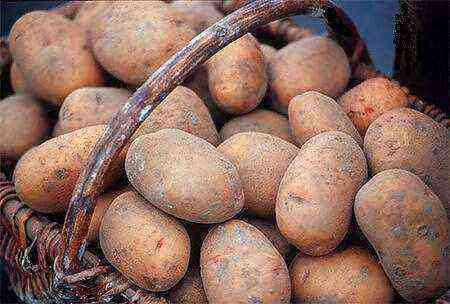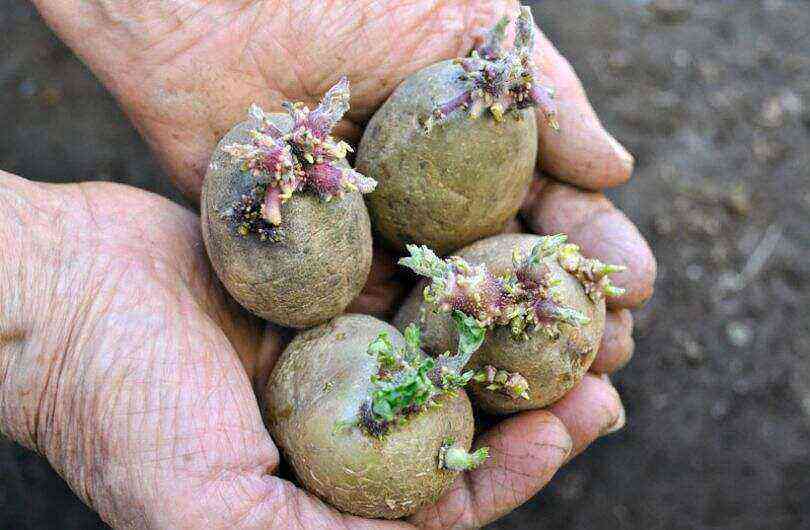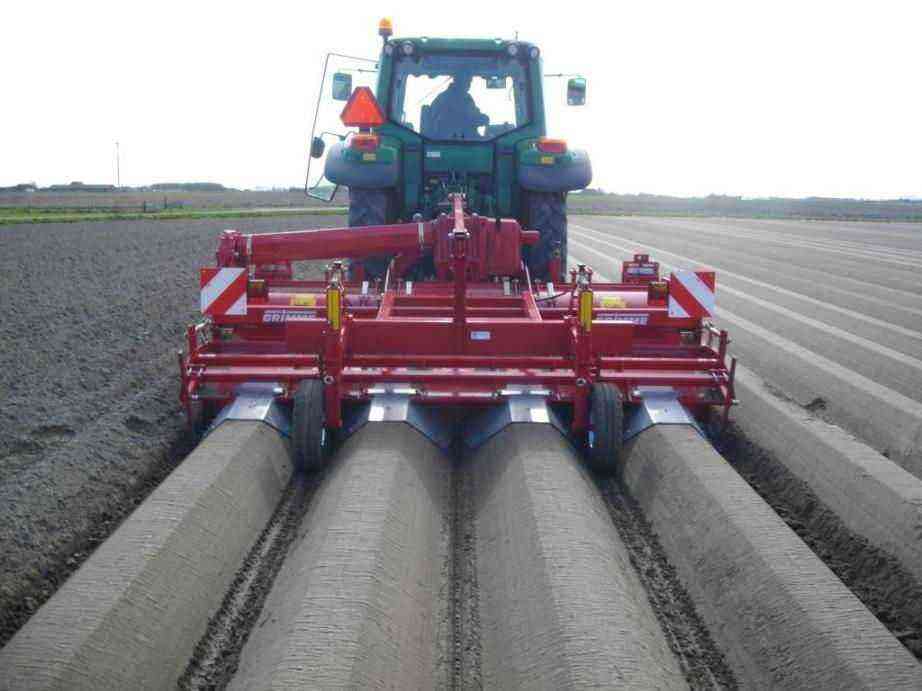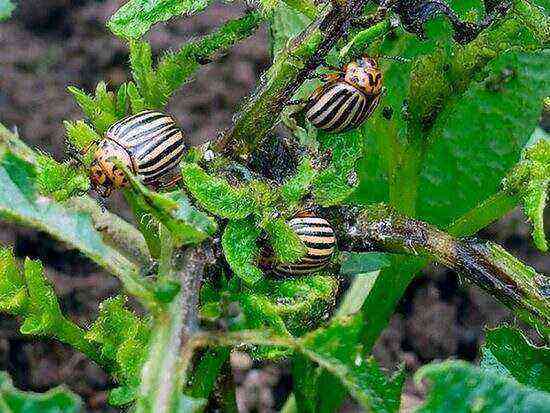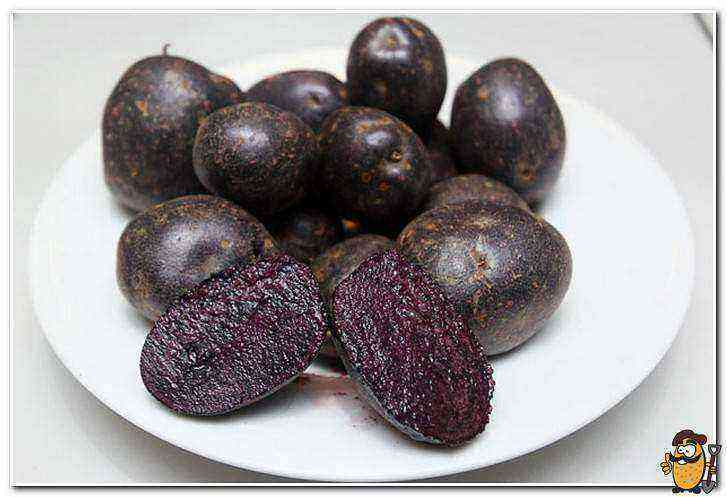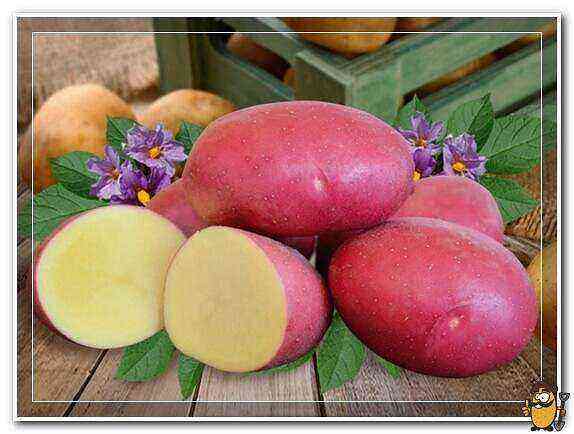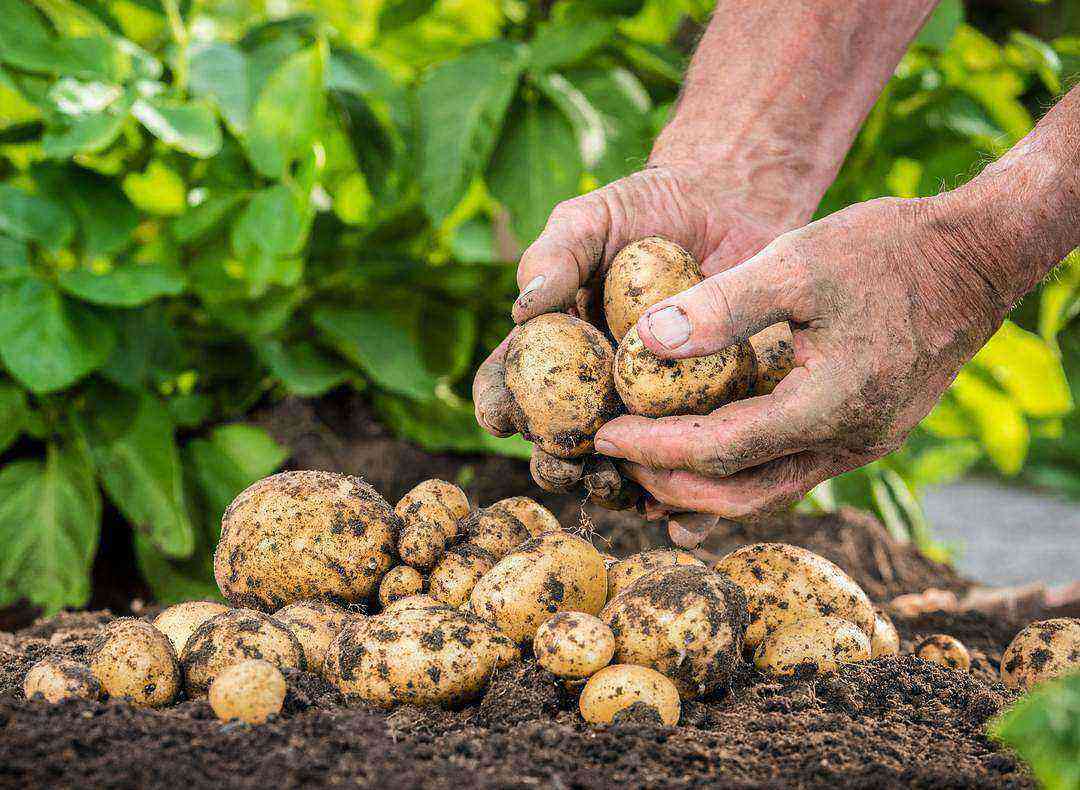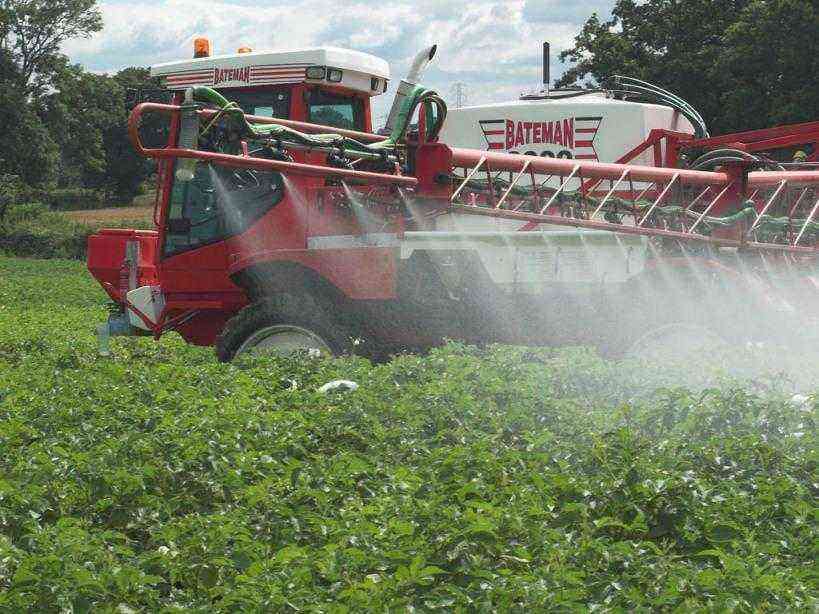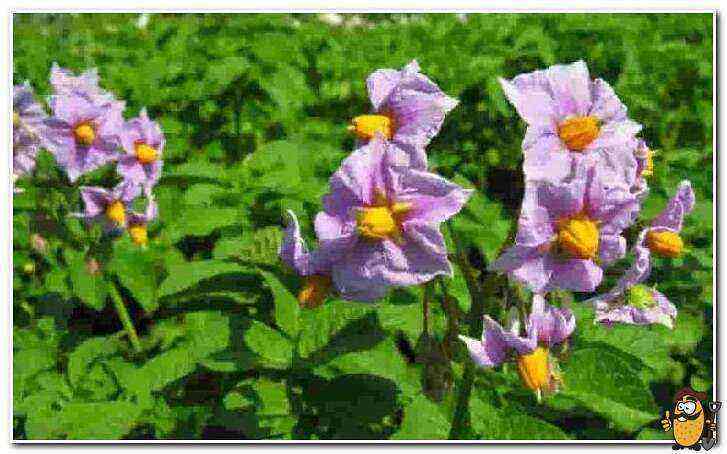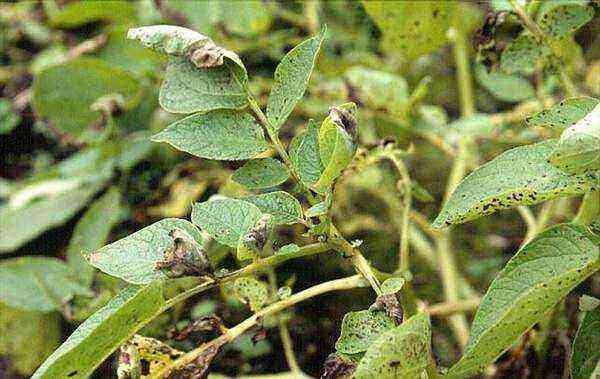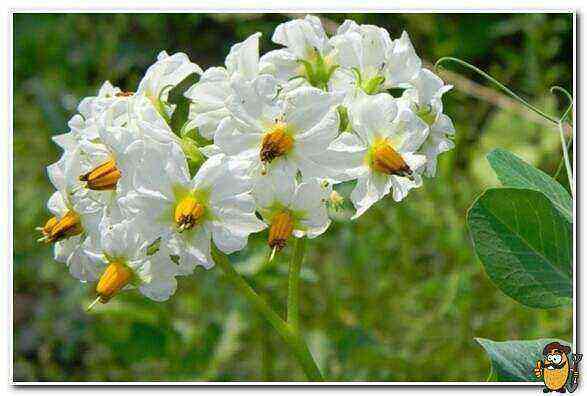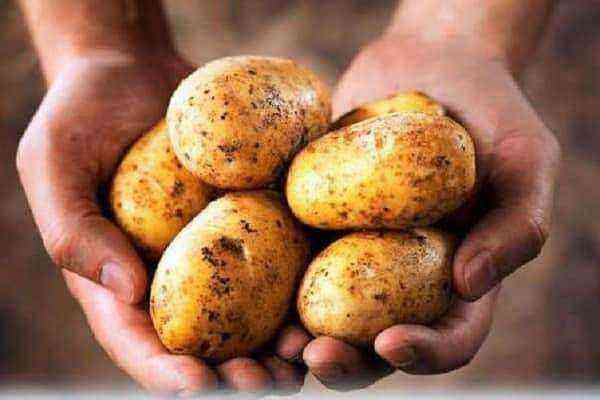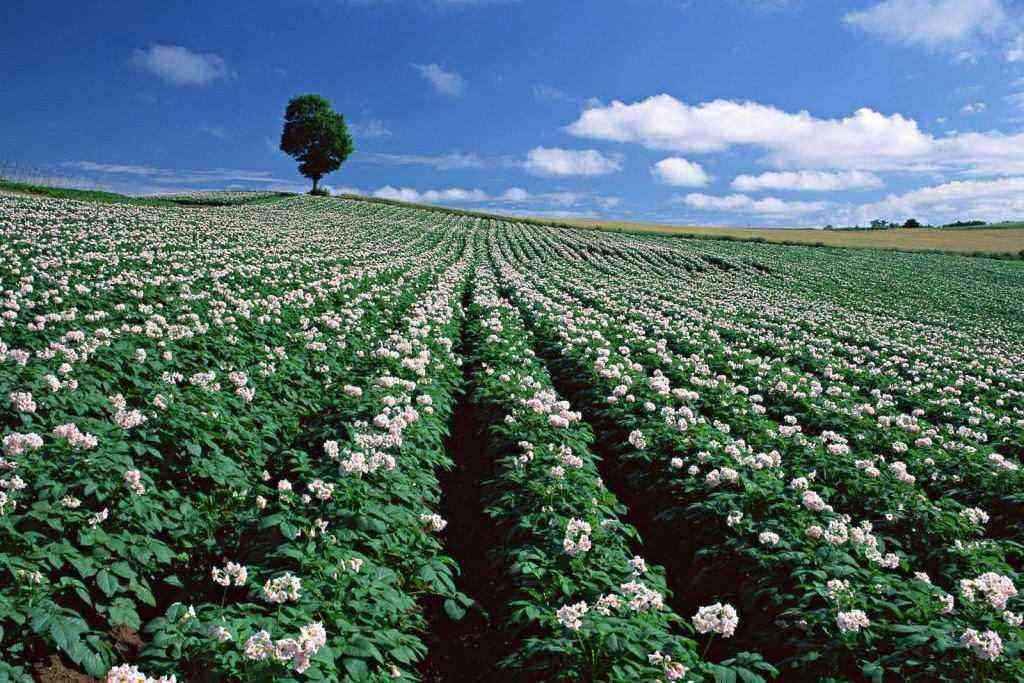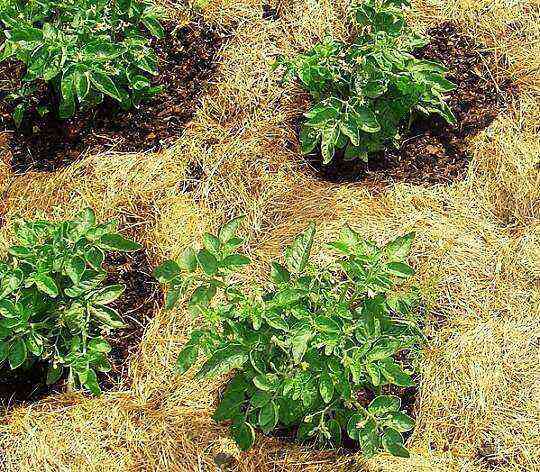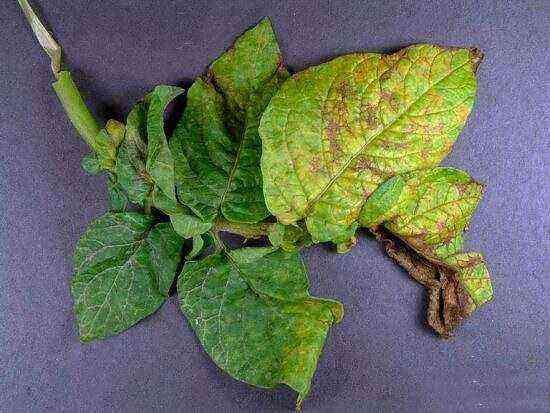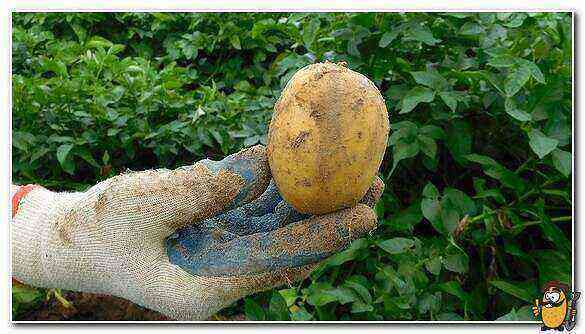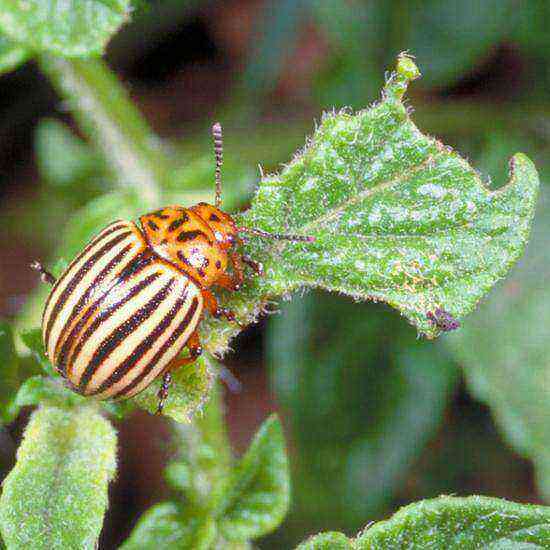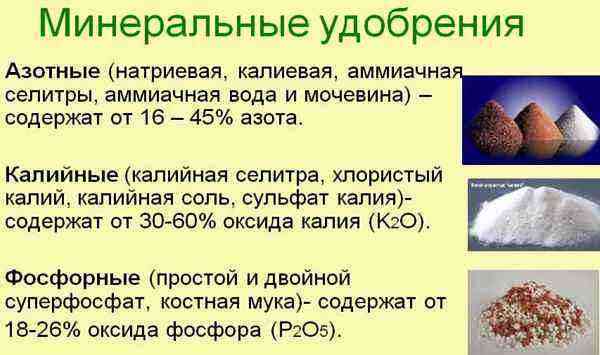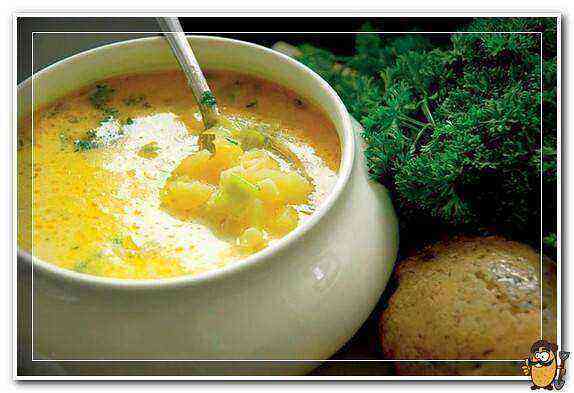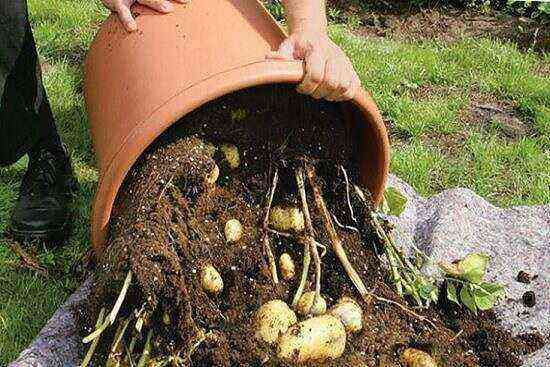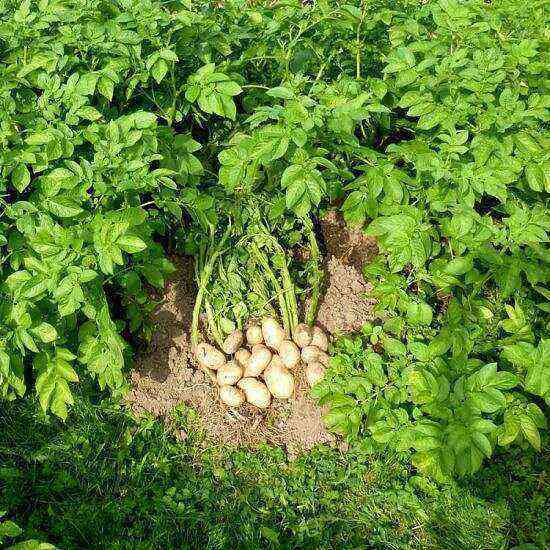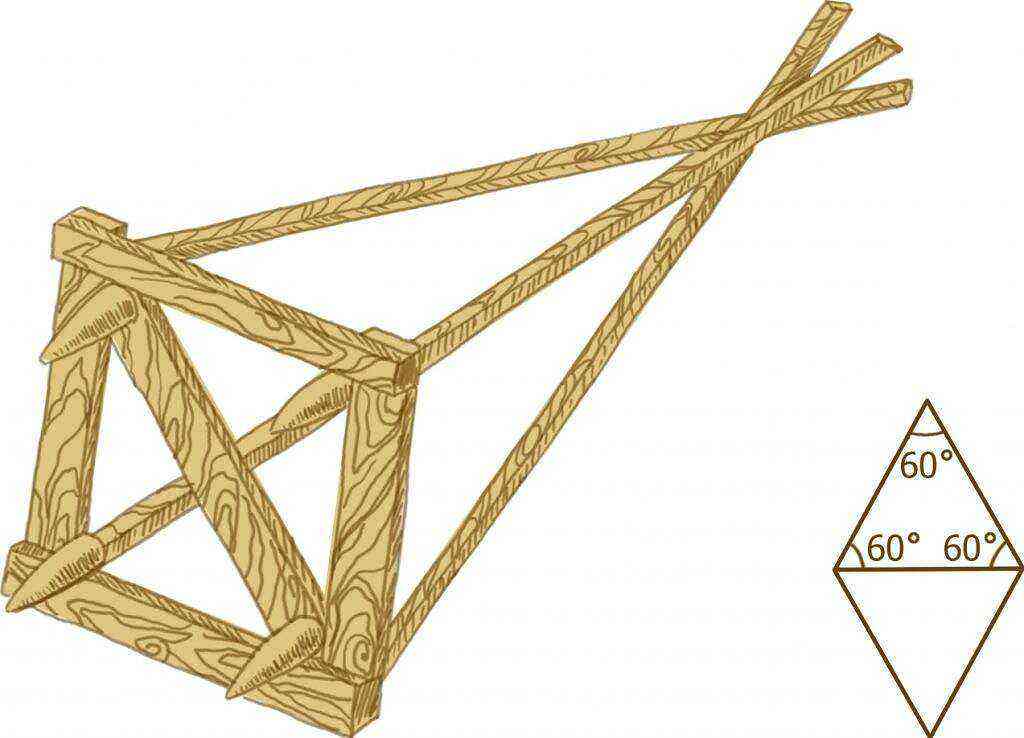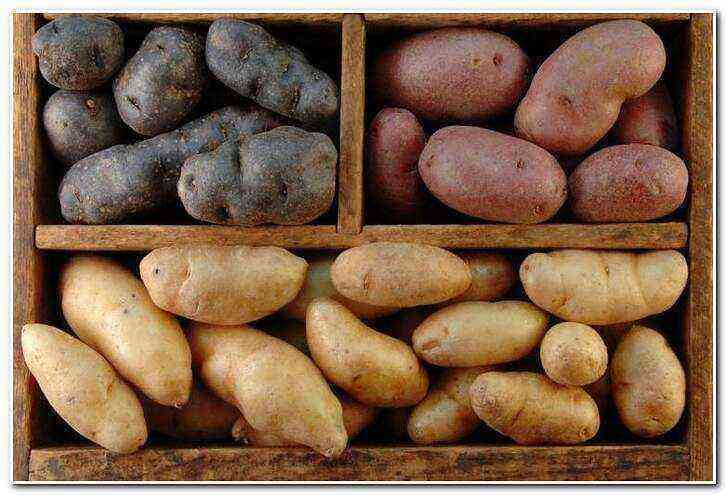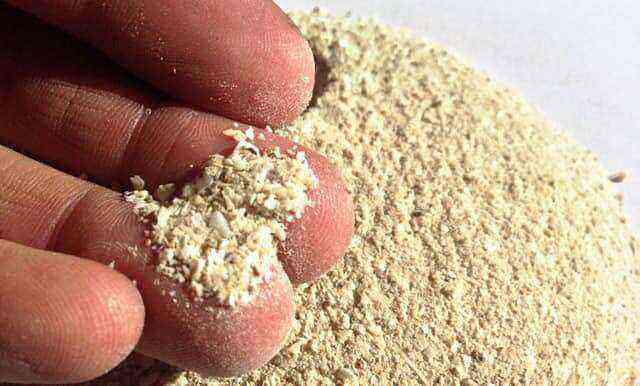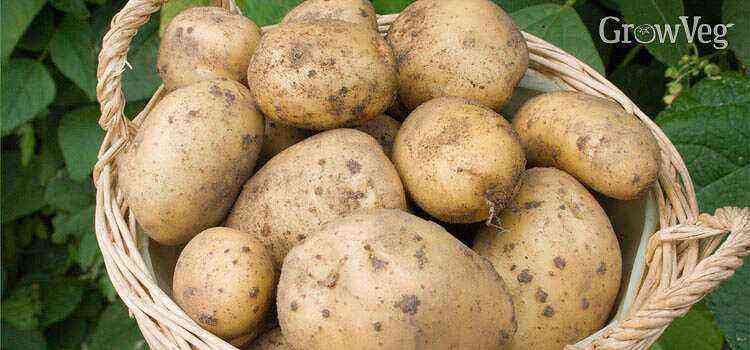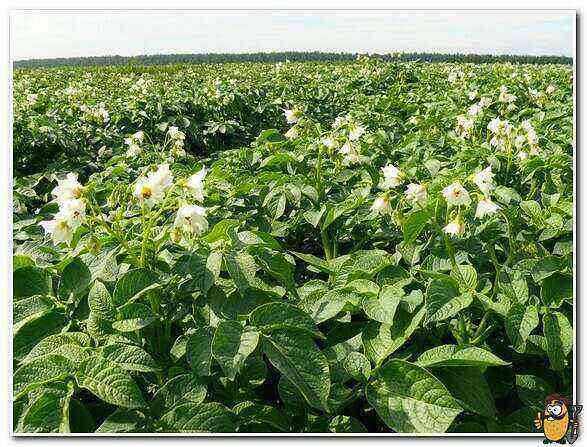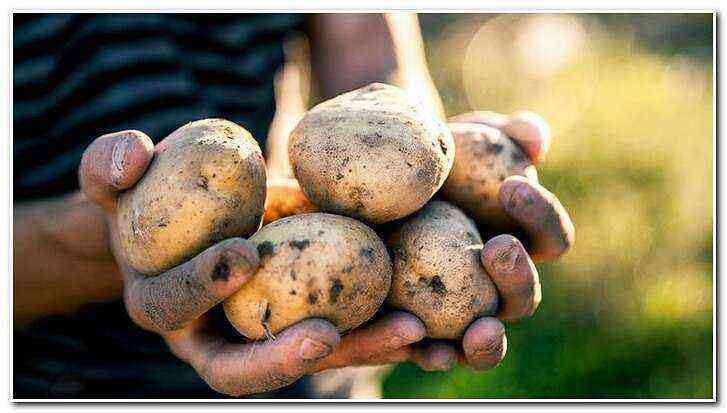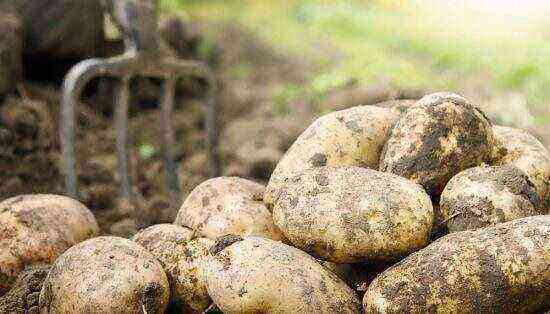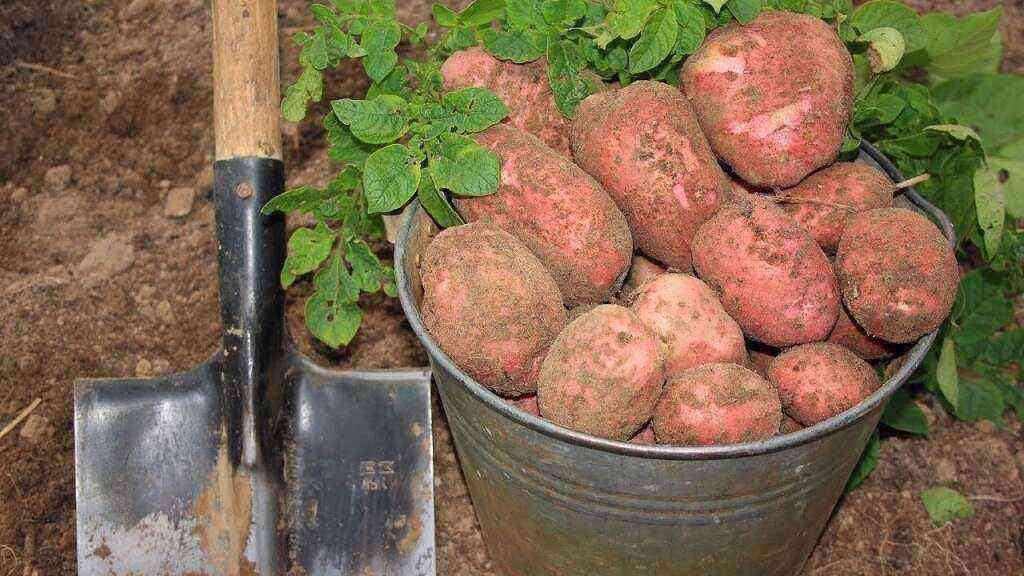Potatoes are an unpretentious culture: wherever you plant, they will sprout and give a crop. But the size of the crop with this approach does not always make us happy. All summer long, diligently looking after potato plantings and collecting 120–150 kg from one hundred square meters – such an achievement is clearly not worth being proud of. Russian agronomists believe that in our conditions it is realistic to collect at least 300-500 kg of potatoes from a hundred square meters. It is only important to correctly approach the issue of increasing yields.
Autumn soil preparation. The battle for next year’s harvest begins in the fall. Crop rotation on the site is organized in such a way that potatoes grow in the same place no more often than once every 3-4 years. If the correct crop rotation cannot be organized, then soil fertility is restored using simple techniques:
- the golden rule of the potato grower: it is impossible for the land to be empty. Immediately after harvest, in August or early September, a rapidly similar green manure is sown on the plot, for example, white mustard or watercress. In mid-October, the plants are mowed, and the site is dug up or plowed to a depth of at least 20 cm. Thanks to deep plowing, pests that have gone for the winter are at the top and die due to frost;
- winter rye and oats are also used as green manure. The secretions of rye roots kill pathogenic fungi and bacteria that cause potato diseases. If rye or oats are sown in late September – early October, and if you dig up a plot in spring, the soil will be fertilized and disinfected at the same time;
- traps for Colorado beetles and beetles are arranged along the edges of the field;
- in the fall, ash is introduced into the soil – potash fertilizer and protection from pests.
The solution to the fertilizer problem
In the old days, potatoes were fertilized only with manure. Nowadays, due to the high cost, gardeners try to use manure sparingly or replace it.
There should be a compost heap on the site – a source of organic fertilizers, into which weeds, weeded out before the formation of seeds, and food waste are dumped. In such a heap, special humus worms are launched to process compost.
Compost replaces manure
If the site is located near the house, gardeners throw food waste into the compost heap throughout the year. It is more difficult for townspeople to collect organic waste, especially in winter.
In any case, you cannot throw away eggshells and onion skins: when planting potatoes, these substances are indispensable. You should not send potato peelings to the trash can, as they contain useful elements. It is better to freeze the peel or dry it, and boil it in the spring and put it in the compost heap (raw peelings cannot be added to the compost).
Supporters of organic farming have mastered an interesting method of processing food waste using the concentrate of bacteria “Baikal-EM”. Waste is collected in large plastic containers with a tight-fitting lid or strong waterproof polyethylene bags (to reduce the moisture content of the biomass, the layers are sprinkled with sawdust). The advantage of the drug is that bacteria continuously process food waste, and there is no rotting smell if the container is hermetically sealed.
In order not to damage the plants, mineral fertilizers must be applied in accordance with the norms. For example, from an excess of nitrogen fertilizers, the tops will be lush and strong, and the tubers under it will be small.
Planting material
You can not leave too small potatoes for seeds: “peas” will grow from “peas”. In order to dig up potatoes of normal size in the fall, you need to plant tubers weighing at least 90-100 g, and they are extremely healthy, without signs of rotting and rhizoctonia tubercles.
If a gardener constantly grows potatoes in the same place, using only his own planting material, the variety degenerates after 5-6 years. To prevent this from happening, the planting material is renewed every 4–5 years. Tubers cannot be bought in the market where potatoes are sold of unknown reproductive year. Elite varietal potatoes are expensive, so only a quarter of the planting material can be renewed every year.
To save money, it is useful to learn how to grow your own planting material from the fruits of potatoes – green “tomatoes”. The tubers grown in this way will have all the best features of their variety, and the gardener will receive free of charge, free from diseases, elite seed potatoes.
Planting material should not be very small
Preplanting tubers and planting methods
It is better to plant sprouted tubers: then the potatoes will sprout faster and will be more resistant to pests. Before planting, potatoes are treated with growth stimulants or insecticides. The simplest preparations for disinfection are copper sulfate and Bordeaux liquid.
Even in winter, you should consider how to increase the yield of potatoes using one of the most effective planting techniques.
You can arrange high beds, plant potatoes in mulch, grow in bags or in barrels, with hilling and without hilling – there are no universal recommendations: every gardener, experimenting, chooses the growing method that suits him.
Excellent results are obtained by growing potatoes according to the Meatlider method: in double beds with a width of 45 cm, the distance between which is 1 m. It has been proven that with this method of planting, tubers grow larger than with a conventional ridge. In addition, less fertilizer and less effort is required to process the bushes, since there is no need to weed the aisles. Meatlider himself received a ton of potatoes from a hundred square meters. Even in unfavorable conditions, this technique can significantly increase the yield of potatoes.
Using the Meatlider method, you can get up to 1000 kg of potatoes from a hundred
True, most gardeners find it difficult to get used to the look of meter-long empty row spacings: it seems that plant the tubers denser – and there will be even more potatoes. So that the heart does not hurt because of the “empty” space, experienced potato growers are advised to sow beans or peas in the aisles: these plants saturate the soil with nitrogen and scare off Colorado beetles.
But even with the traditional method of planting, it is impossible to make row spacings narrower than 70–80 cm, otherwise, due to tightness, the tubers will grow too small. In addition, land is taken from the row spacings for hilling.
Do not plant potatoes too deep, especially if the soil is clayey. It is better then to huddle and form high ridges: then more tubers are formed, and in such ridges the root system will get more air and heat. The rows are oriented from north to south for uniform sun illumination.
Fertilization, hilling, watering
In farms where there is a lot of manure, in the spring or in the fall, this fertilizer is scattered over the site. But if you have to save manure, it is better to put the substance directly into the holes before planting. It is permissible to use rotted manure (including rabbit manure), chicken droppings, humus, mineral fertilizers. Additionally, a handful of ash, onion husks (scares off Colorado beetles and wireworms), a tablespoon of eggshells must be thrown into each hole.
When planting potatoes early, it is recommended to purchase white agrofibre. By pulling the material onto the frame installed on the garden bed, they protect the seedlings from frost.
White agrofibre is an indispensable item for early potatoes
With the traditional method of planting, two hilling are carried out: the first – after the emergence of shoots, the second – when the bushes reach a height of 20-25 cm. In the absence of rain, potatoes need at least two watering: when shoots appear and before budding begins. If the weather is dry and the soil is dry at a depth of 8 cm from the surface, the bushes are additionally watered once or twice a season.
Mulch, laid on potato beds and in the aisles, retains moisture in the soil and prevents weeds from growing. Sawdust, straw, pine branches, cut weeds and green manure are used as mulch. To save time on weeding or mulching the beds, the soil can be covered with black agrofibre.
Pest and disease control
There are many popular, time-tested methods of pest control. In the spring, traps for bears and Colorado beetles are set along the edges of the site and in the aisles. Plants are periodically sprayed with a solution of ash and laundry soap, infusion of walnut or tobacco leaves, pollinated with corn flour. An infusion made from the corpses of adults helps against Colorado beetles.
Effective remedies against pests and diseases – copper sulfate and Bordeaux mixture. Without them, it is impossible to save even a part of the crop in the event of a late blight epidemic.
When buying insecticides or fungicides from the store, you should use these drugs strictly according to the instructions.
“Shock therapy”
Agronomists have come up with many “shock” ways to increase the yield of potatoes. In one technique, before planting, a deep transverse incision is made on the tuber to awaken the lower buds, which usually do not germinate. And thanks to the annular cut in the upper part of the tuber, the juices will be evenly distributed between all the buds.
One of the options for an incision that increases productivity according to some summer residents
Experimenting with the incisions of planting potatoes, it is necessary to disinfect the knife each time in a weak solution of potassium permanganate. But the smell of a freshly cut tuber can attract pests.
Some gardeners advise picking potato flowers to increase yields. In this case, a special increase in yield is not observed, but the bush that has lost its flowers is traumatized, since blooming and bearing fruit is the meaning of the bush’s life.
In areas where Colorado beetles are very common, you should not break off the tops of potato sprouts when they reach a height of 25 cm.This method was developed a century and a half ago, when there were no beetles yet. A bush with damaged tops is defenseless against pests.
Harvesting
In order not to ruin the already grown crop, the tops of the potatoes are mowed when it begins to dry (2 weeks before harvesting). Thanks to this, pathogenic fungi and bacteria (including late blight) from the stems will not get on the tubers. The skin of the potato in the ground will become coarse, and it will remain until spring.

